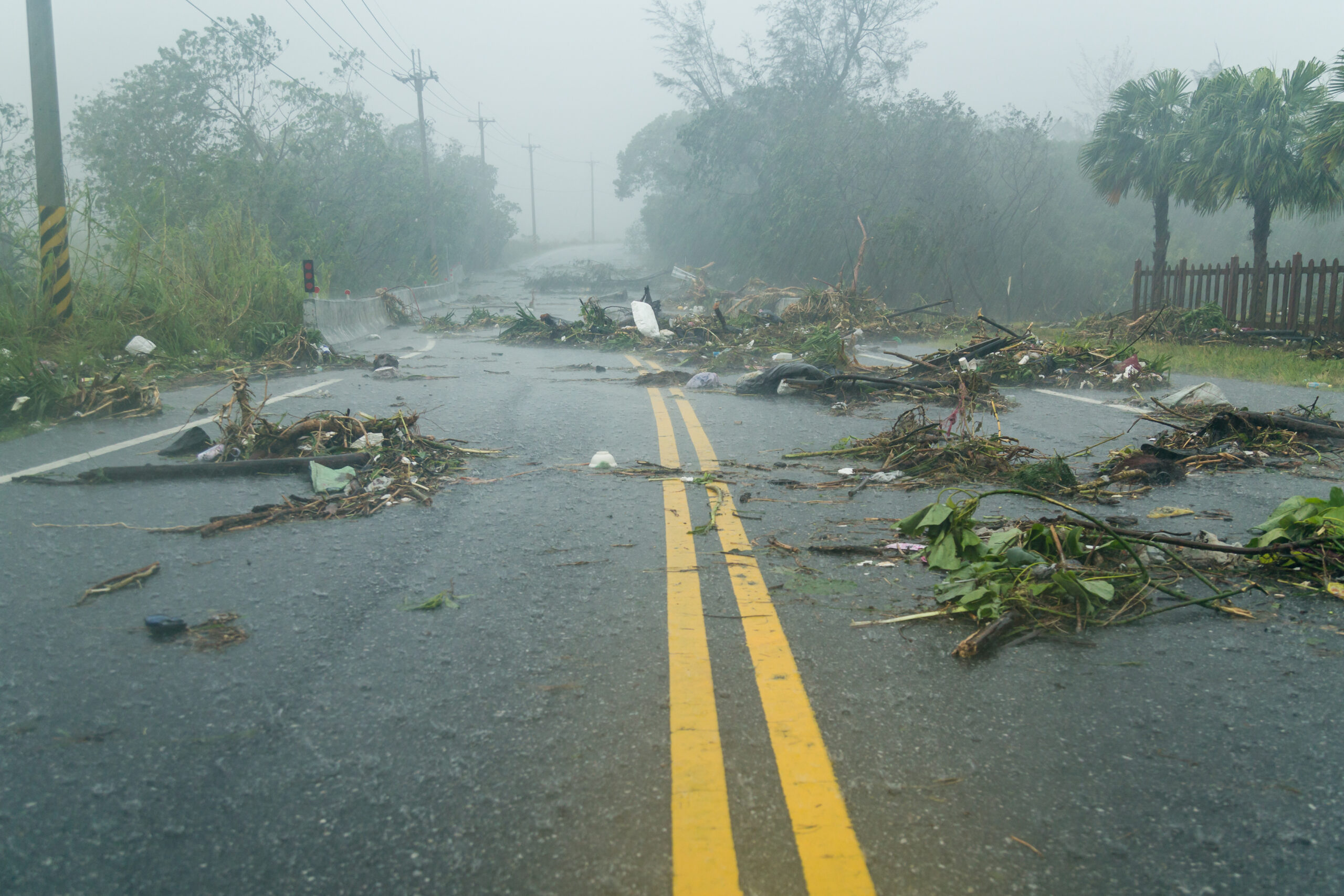Is the COVID-19 Pandemic Disproportionately Harming Communities of Color?
The COVID-19 pandemic has left few communities untouched. The respiratory illness has taken lives by the thousands each day for the past three months. It has spread at uncontrollable rates in many countries, causing countries to close borders, implement travel restrictions, and encourage unprecedented social distancing measures. Fewer than 20 countries have no reported cases.
This is global. A global war against a virus that, like all viruses, is blind to political or cultural borders.
Why then, does it seem that the disease is choosing “favorites” within our borders?
Interim reports indicate Black people are dying at higher rates from COVID-19 in Chicago, North Carolina, and Louisiana. There may be even more states and cities with similar case demographics, but not all states are publicly reporting race or other demographics of their COVID-19 positive cases.
To say these reports trouble me is an understatement. To say these reports surprise me is a lie.
We know (thanks to the epidemiologists around the world studying this disease) of two major groups at higher risk for severe outcomes, and death, if they are COVID-19 infected. These include older adults and people with certain chronic health conditions.
What does this mean for communities of color?
There is a higher prevalence of many of these chronic conditions in communities of color. These include asthma, hypertension, diabetes, and diseases like HIV that weaken the immune system.
Couple these higher rates of chronic conditions with the challenges that prevent many communities from being able to protect their health and practice strict social distancing, and you get a recipe for disaster. Here are some of the challenges that communities of color face right now:
- Essential worker status for grocery, critical retail, and other roles that we depend on right now puts our communities at greater risk for contracting the virus.
- People in these roles can’t not show up to work, for fear of losing their jobs.
- Many in communities of color use government assistance programs to get groceries, which makes the (safer) option of shopping online to groceries delivered impossible.
- Mistrust of health systems and health literacy gaps are prevalent in our communities, partially due to a long history of unethical treatment of people of color in healthcare.
What can we do to protect the communities of color that are particularly vulnerable to COVID-19?
- Amplify trusted health information (and debunk misinformation).
- Protect and resource the community organizations and community leaders that work in communities of color day in and out.
- Create innovate partnerships across the healthcare system that can protect these communities.
Supporting communities facing the greatest risk is not only close to my heart, but it is part of Healthcare Ready’s mission to make communities resilient against disaster. We are connecting and collaborating with the amazing community organizers, spiritual and faith leaders, and response and chronic condition organizations that work in communities of color. These statistics highlight how crucial their work is and why Healthcare Ready is doing everything in our power to inform them, resource them, and support them.






